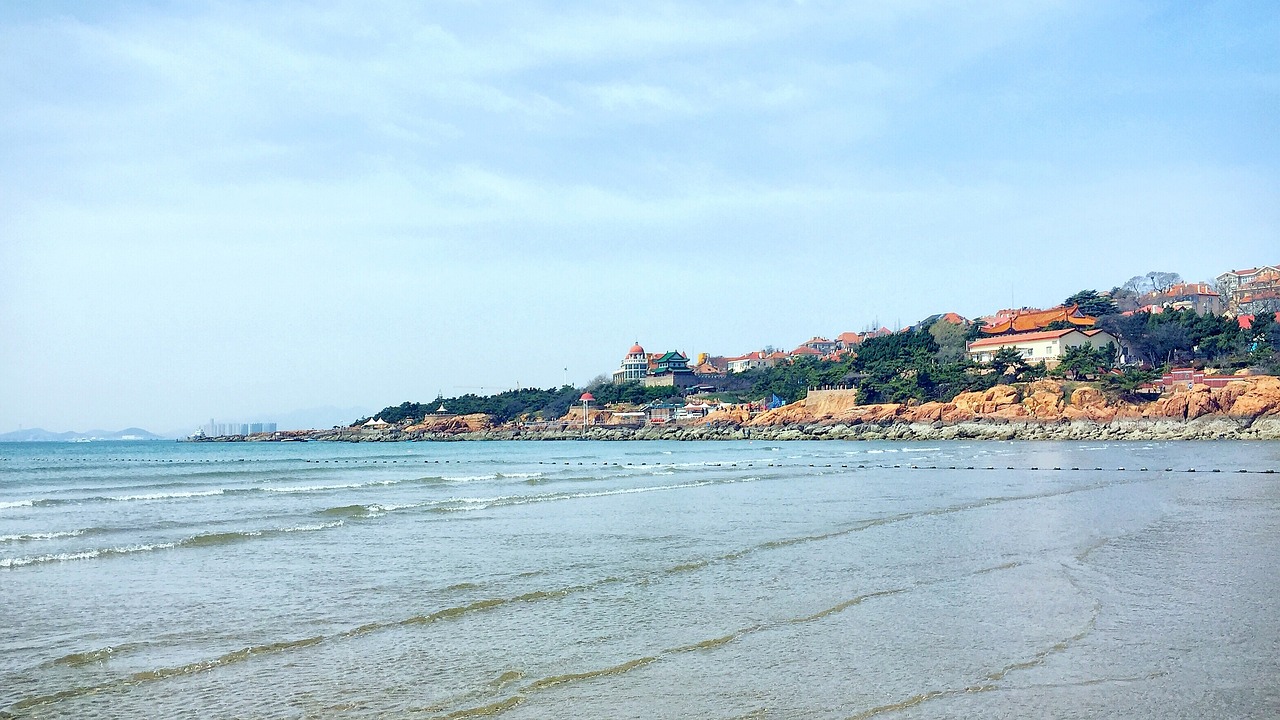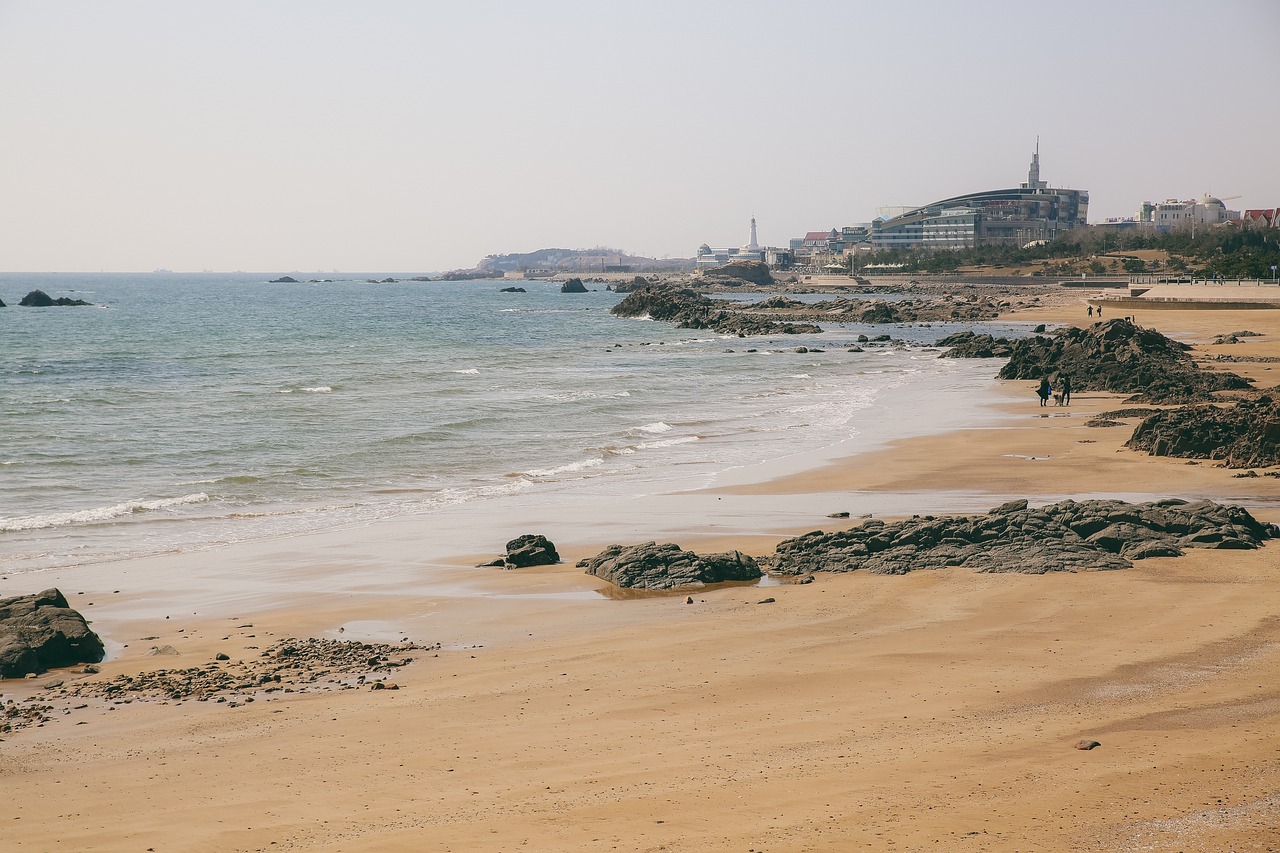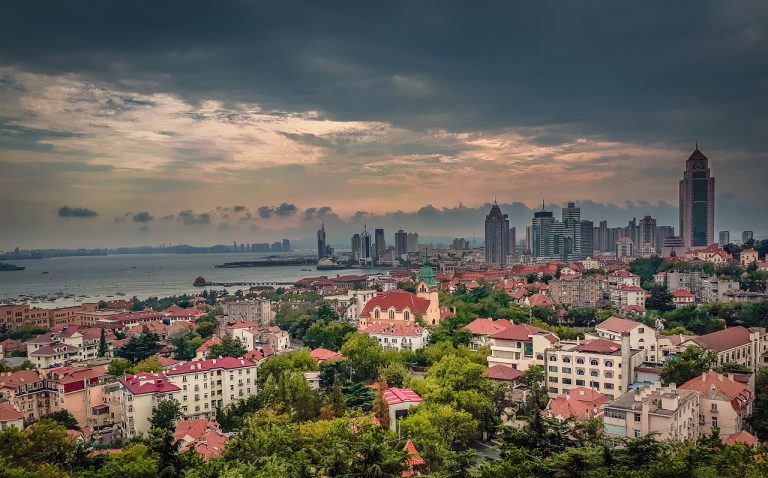Qingdao China Video
Historical Treasures of Qingdao China: Reliving the Past
Qingdao, a vibrant city located in the eastern province of Shandong, China, is not only known for its beautiful beaches and modern developments but also for its rich history and cultural heritage. The city boasts a wide array of historical treasures that offer a glimpse into its past. From ancient temples and colonial architecture to traditional gardens and museums, Qingdao provides visitors with a unique opportunity to relive history. In this article, we will explore ten historical treasures of Qingdao and delve into the stories behind them.
Signal Hill Park
- Maritime Signal Tower: This tower, built in 1900, served as a crucial communication point for ships entering and leaving Qingdao’s harbor. It played a vital role in the city’s maritime history.
- German Governor’s Mansion: This mansion, constructed in the early 20th century, served as the official residence of the German governors during the colonial era.
The Maritime Signal Tower is a significant historical landmark that stands tall within Signal Hill Park. Its strategic location allowed it to function as a lighthouse and signal station, guiding ships safely into the harbor. Today, visitors can climb to the top of the tower and enjoy panoramic views of the city and the sea.
The German Governor’s Mansion is a grand architectural masterpiece that showcases the influence of German colonialism on Qingdao. It features a blend of German and Chinese architectural styles, with beautiful gardens surrounding the mansion. Visitors can explore the interior and learn about the history of the mansion through informative exhibits.

Zhanqiao Pier
- Symbol of Qingdao: Zhanqiao Pier is an iconic symbol of Qingdao, representing its maritime heritage and connection to the sea.
- Oceanography Museum: Located at the end of Zhanqiao Pier, the Oceanography Museum is a fascinating place to learn about the marine life and ecosystems of the region.
Stretching into the Yellow Sea, Zhanqiao Pier offers breathtaking views of the coastline and the surrounding area. It was originally built in 1891 as a naval pier and has since become a popular tourist attraction. The pier is adorned with a distinctive octagonal pavilion, which has become an emblem of Qingdao.
The Oceanography Museum houses an extensive collection of marine specimens, including preserved sea creatures, coral reefs, and interactive exhibits. Visitors can explore various themed sections, such as the Deep Sea Exploration Zone and the Marine Life Exhibition Hall, to gain a deeper understanding of the ocean’s wonders.
St. Michael’s Cathedral
- Architectural Marvel: St. Michael’s Cathedral is a stunning example of Gothic Revival architecture and is one of the oldest churches in Qingdao.
- Historical Significance: The cathedral has witnessed significant historical events, including the German occupation, Japanese colonization, and the subsequent development of Qingdao as a modern city.
Constructed in 1934 by German missionaries, St. Michael’s Cathedral features intricate stained glass windows, towering spires, and a majestic pipe organ. The church has witnessed the city’s transformation over the years and continues to be an important place of worship for the local Christian community.
St. Michael’s Cathedral is not only a place of worship but also a symbol of resilience and endurance. Its historical significance makes it a must-visit attraction for those interested in Qingdao’s past.

Laoshan Mountain
- Sacred Taoist Mountain: Laoshan Mountain is considered one of the birthplaces of Taoism and is revered as a sacred site.
- Tea Culture: Laoshan Mountain is also renowned for its tea production, with tea gardens dotting the slopes of the mountain.
The mountain is home to numerous Taoist temples, hermitages, and ancient rock carvings. The serene natural surroundings and spiritual atmosphere make it a popular destination for pilgrims and nature enthusiasts alike.
Visitors can explore the tea plantations, participate in tea ceremonies, and learn about the art of tea-making. The tea produced here is highly regarded for its unique flavor and high quality.
Qingdao Underwater World
- Marine Exploration: Qingdao Underwater World offers an immersive experience into the fascinating world beneath the ocean’s surface.
- Educational Exhibits: The aquarium also features educational exhibits that highlight the importance of marine conservation and sustainability.
The aquarium showcases a wide variety of marine life, including sharks, turtles, colorful fish, and mesmerizing coral reefs. Visitors can walk through underwater tunnels and witness these creatures up close, gaining a deeper appreciation for the biodiversity of the ocean.
Through interactive displays and informative presentations, visitors can learn about the threats facing marine ecosystems and the steps they can take to protect them. Qingdao Underwater World aims to raise awareness and inspire a sense of responsibility towards the environment.

Qingdao Beer Museum
- Brewing Tradition: Qingdao is famous for its beer, and the Qingdao Beer Museum celebrates the city’s brewing heritage.
- Tsingtao Brewery: The museum is located within the premises of Tsingtao Brewery, one of the most renowned beer brands in China.
The museum provides a fascinating insight into the history of brewing in Qingdao, showcasing vintage brewing equipment, historical photographs, and interactive displays. Visitors can also learn about the brewing process and sample different types of beer.
Founded in 1903 by German settlers, Tsingtao Brewery has played a significant role in shaping Qingdao’s beer culture. The museum offers a glimpse into the brewery’s history and its impact on the city’s economy and identity.
Tianhou Palace
- Temple of the Sea Goddess: Tianhou Palace, also known as Mazu Temple, is a place of worship dedicated to the Chinese sea goddess Mazu.
- Dragon Boat Festival: Tianhou Palace hosts the annual Dragon Boat Festival, a traditional Chinese festival celebrated with dragon boat races and cultural performances.
Constructed in 1467 during the Ming Dynasty, the temple is a cultural and religious landmark in Qingdao. It features intricate architectural details, vibrant decorations, and a serene courtyard. Visitors can witness the rituals and ceremonies performed by devotees and experience the spiritual ambiance of the temple.
During the festival, the temple becomes a hub of activity, attracting locals and tourists alike. It is a wonderful opportunity to immerse oneself in Chinese traditions and witness the vibrant energy of the celebrations.
Qingdao Municipal Museum
- Cultural Heritage: The Qingdao Municipal Museum is a treasure trove of artifacts and exhibits that showcase the city’s rich cultural heritage.
- Qingdao’s Role in World War I: The museum also highlights Qingdao’s involvement in World War I and the subsequent German occupation.
The museum houses a diverse collection of historical relics, ancient pottery, traditional costumes, and artworks. It offers a comprehensive overview of Qingdao’s history, from its early settlements to its modern development. Visitors can explore the various galleries and gain a deeper understanding of the city’s roots.
Through photographs, documents, and personal accounts, visitors can learn about the impact of the war on the city and the resilience of its people. The museum provides valuable insights into this lesser-known chapter of Qingdao’s history.
May Fourth Square
- Historic Protest: May Fourth Square commemorates the May Fourth Movement, a significant protest that took place in 1919.
- National Unity: May Fourth Square also represents the unity and spirit of the Chinese people in their quest for independence and social progress.
The square is an expansive public space that features statues, sculptures, and a central fountain. It serves as a gathering place for locals and tourists and is a symbol of patriotism and social activism. The square offers a tranquil environment to relax, take a leisurely stroll, or enjoy the surrounding cityscape.
The square has witnessed numerous rallies and celebrations over the years, reflecting the enduring significance of the May Fourth Movement in Chinese history.
Conclusion
Qingdao, with its fascinating historical treasures, offers a captivating journey through time. From ancient temples and colonial architecture to natural wonders and cultural institutions, the city presents a diverse range of attractions that showcase its rich heritage. Exploring these historical treasures allows visitors to relive the past and gain a deeper appreciation for Qingdao’s unique identity.
References
- Qingdao Municipal Museum: qingdaomuseum.com
- Tianhou Palace: tianhoupalace.com
- Qingdao Underwater World: qdunderwaterworld.com
- Laoshan Mountain: laoshan.cn
- Signal Hill Park: signalhillpark.com
- Zhanqiao Pier: zhanqiao.com
- St. Michael’s Cathedral: stmichaelsqingdao.com
- Qingdao Beer Museum: tsingtao-beer.cn
- May Fourth Square: mayfourthsquare.com





